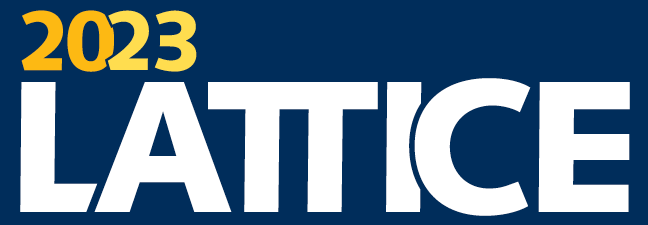Speaker
Description
Motivated by attempts to quantum simulate lattice models with continuous Abelian symmetries using discrete approximations, we study an extended-O(2) model that differs from the ordinary O(2) model by the addition of an explicit symmetry breaking term. Its coupling allows to smoothly interpolate between the O(2) model (zero coupling) and a $q$-state clock model (infinite coupling). In the latter case, a $q$-state clock model can also be defined for non-integer values of $q$. Thus, such a limit can also be considered as an analytic continuation of an ordinary $q$-state clock model to non-integer $q$. In previous work, we established the phase diagram of the model in the infinite coupling limit. We showed that for non-integer $q$, there is a second-order phase transition at low temperature and a crossover at high temperature. In this work, we establish the phase diagram at finite values of the coupling using Monte Carlo and tensor methods. We show that for non-integer $q$, the second-order phase transition at low temperature and crossover at high temperature persist to finite coupling. For integer $q=2,3,4$, there is a second-order phase transition at infinite coupling (i.e. the clock models). At intermediate coupling, there are second-order phase transitions, but the critical exponents vary with the coupling. At small coupling, the second-order phase transitions may turn into BKT transitions.
| Topical area | Quantum Computing and Quantum Information |
|---|
